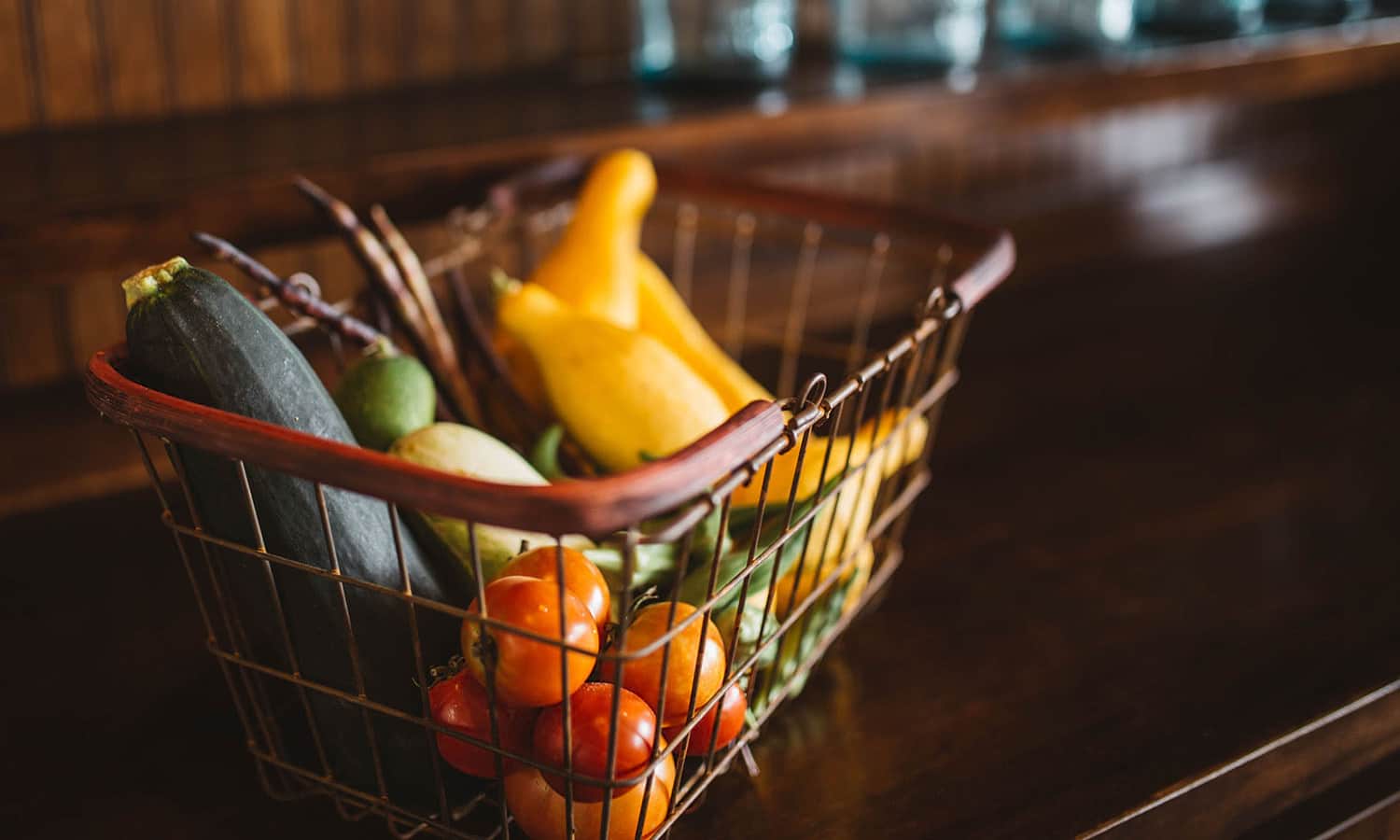“Consumers making meaningful shopping choices have the opportunity to make change,” explains Dr. Urvashi Rangan to Food Tank. According to the International Food Information Council Foundation’s 12th Annual Food and Health Survey, 50 percent of Americans think it is important for their food to be produced in a sustainable way.
Dr. Rangan, Chief Science Advisor at GRACE Communications, believes the FoodPrint project can help in situations where “consumers hold many values when shopping for food but have difficulty making choices that meet their values.” FoodPrint, an online hub that houses resources for developing a sustainable lifestyle, is a tool that consumers can use to learn about the impact that their food choices have on the surrounding environment and shared community.
“Lack of understanding the challenges and meaningful solutions is a major barrier to making best choices,” says Dr. Rangan to Food Tank. That is why FoodPrint’s primary purpose is to “provide all levels of information that describe the challenges in the food system, the solutions to those challenges, and how people [can] change the marketplace from advocacy to making better shopping choices.”
Jerusha Klemper, Director of the FoodPrint website, explained that FoodPrint’s online resources, like their FoodPrint Quiz, are a “good introduction to thinking about how your food choices matter.” When exploring the FoodPrint resources, consumers are confronted with information on how their individual actions impact environmental integrity, social justice, and animal welfare. “Anyone who cares about the health of what they are eating or how it was produced already cares about their FoodPrint, but may not realize all of the connections.” These connections are detailed in FoodPrint’s Real Food Encyclopedia, a resource that describes the environmental, social, and economic impacts associated with more than 200 specific food items.
For those shoppers who feel overwhelmed in the egg aisle when trying to decide between ‘natural,’ ‘U.S. of Agriculture (USDA) Certified Organic,’ ‘cage free,’ ‘free range,’ ‘Animal Welfare Approved,’ or ‘humanely raised,’ you are not alone. A 2018 study titled Sustainable consumption and third-party certification labels: Consumers’ perceptions and reactions published in the European Management Journal notes that “the presence of many differing labeling approaches… creates challenges for consumers, in that the hundreds of Third-Party Certification Labels may overwhelm their abilities to assess various sustainable product certifications.” FoodPrint’s Food Label Guide breaks down the specifics of what each food label means, lists unregulated marketing terms to avoid, and recommends which labels are most meaningful to support by product type.
FoodPrint’s resources also go beyond helping consumers decide how to invest their dollars. The Cooking With Less Waste series educates consumers on how to cook sustainably by minimizing food waste in the kitchen. With articles that focus on how to use carrot tops, stale bread, and broccoli stems, FoodPrint aims to save consumers’ money while also conserving resources. Exploring FoodPrint’s Meatrix helps consumers learn about the true costs of meat production, while the Water Footprint Calculator is a great tool for starting a conversation on consumption habits with consumers of every age.
By highlighting strategies for shopping, dining, cooking, and consuming food more sustainably, FoodPrint “aims to help consumers make choices that more closely reflect their values,” says Dr. Rangan, and can ultimately be an “enlightening [experience] in terms of understanding the breadth and depth of impact” that our food choices have on the world around us.
Photo courtesy of Brooke Cagle.















